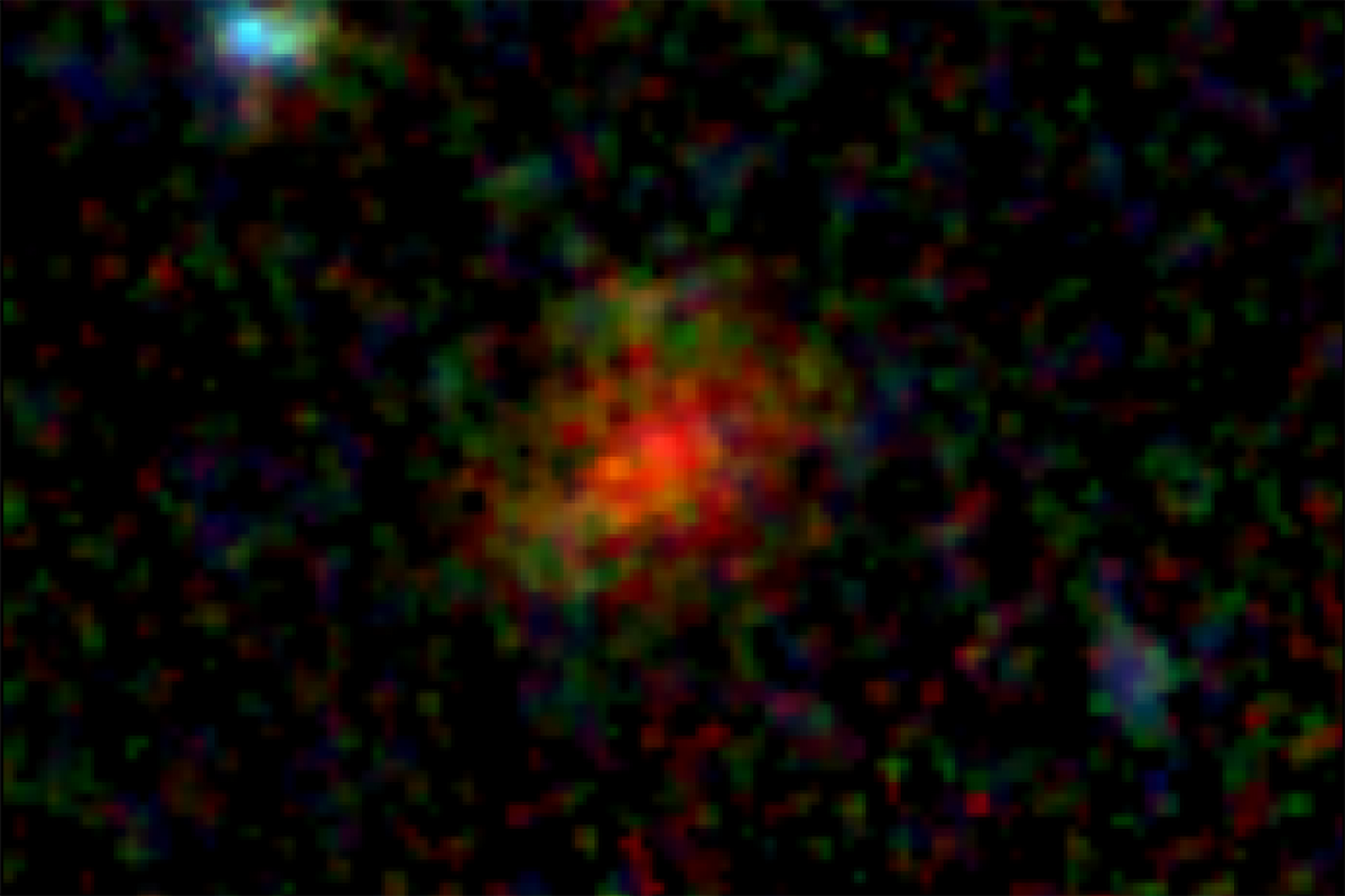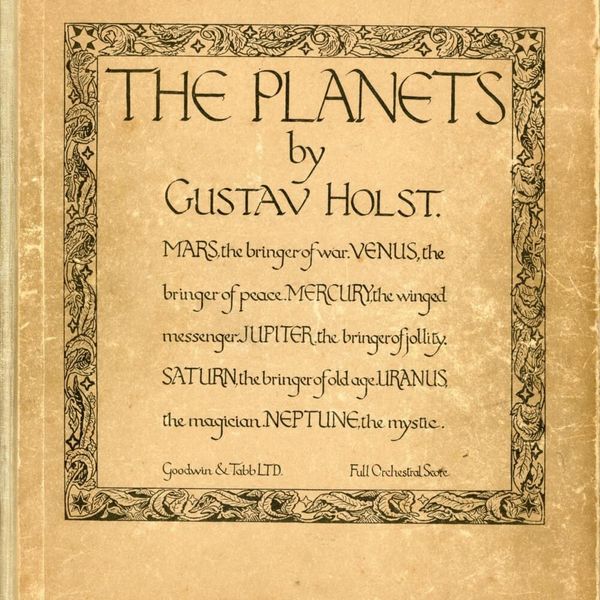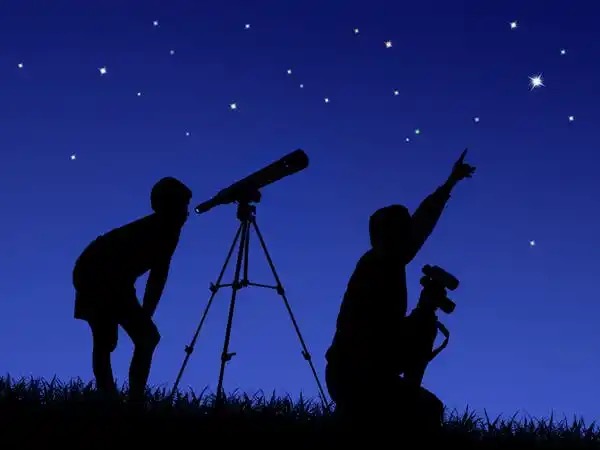-
Rooted: Nick Eakes

Nick Eakes has been contributing to research at Carolina for 15 years. Photo by Megan Mendenhall Nick Eakes has worked for UNC-Chapel Hill in a variety of roles, most recently as a science education specialist at the Morehead Planetarium and Science Center. Eakes coordinates Morehead’s outreach efforts including the mobile planetarium and skywatching programs. What…
-
Astronomers lost an entire galaxy. Then Webb found it.

A galaxy is a collection of billions of stars, their clinging solar systems, gas, and dust, all bound together by the invisible force of gravity. So it’s hard to imagine astronomers could detect one of these colossal realms with a ground-based telescope, only to peer through a powerful telescope in space and see no trace…
-
‘The Planets’ Retrospective: Holst’s Spectacular, Forward-Looking Journey Through Music, Space, and the Mind | Arts

“The enormity of the universe revealed by science cannot readily be grasped by the human brain, but the music of ‘The Planets’ enables the mind to acquire some comprehension of the vastness of space where rational understanding fails,” English composer and music teacher Gustav Holst said of “The Planets,” his 1916 seven-movement orchestral suite. “The…
-
Hot DOGs
Astronomers recently found a sizzling “hot dog” in space. It’s not a Nathan’s dog from Coney Island, or a Pink’s hot dog from L.A. Instead, it’s a hot dust-obscured galaxy — one of the most powerful objects in the universe. Such galaxies are powered by supermassive black holes in their cores. Gas and dust fall…
-
iREx Professor Nicolas Cowan wins prestigious Arthur B. McDonald Fellowship – Trottier Institute for Research on Exoplanets

McGill Professor Nicolas Cowan, who is also a member of iREx, has been awarded the 2023 Arthur B. McDonald Fellowship by the Natural Sciences and Engineering Research Council (NSERC). Valued at $250,000 over two years, the fellowship recognizes early-stage researchers in the natural sciences and engineering. Cowan, a leading exoplanet researcher, is jointly appointed to…
-
iREx Professor Nicolas Cowan wins prestigious Arthur B. McDonald Fellowship – Trottier Institute for Research on Exoplanets

McGill Professor Nicolas Cowan, who is also a member of iREx, has been awarded the 2023 Arthur B. McDonald Fellowship by the Natural Sciences and Engineering Research Council (NSERC). Valued at $250,000 over two years, the fellowship recognizes early-stage researchers in the natural sciences and engineering. Cowan, a leading exoplanet researcher, is jointly appointed to…
-
The best telescopes for kids, picked by experts

Credit: rodimov/Shutterstock.com Note: This post contains affiliate links. When you buy a product through the links on this article, we may earn a commission. Selecting the best telescopes for kids can be as important as the observations themselves. Gazing up at the stars can spark a love for astronomy in kids that lasts a lifetime.…
-
The best telescopes for kids, picked by experts

Credit: rodimov/Shutterstock.com Note: This post contains affiliate links. When you buy a product through the links on this article, we may earn a commission. Selecting the best telescopes for kids can be as important as the observations themselves. Gazing up at the stars can spark a love for astronomy in kids that lasts a lifetime.…
-
Vera C. Rubin Observatory will track orphan stars to reveal a cosmic ‘fossil record’
Astronomers plan to study stars roaming the cosmos alone. The forthcoming Vera C. Rubin Observatory, which will see “first light” in 2025, will study the glow from stars that were ripped from their home galaxies, to better understand how the universe has evolved. The investigation of this faint and difficult-to-see “intracluster light” from stars between…
-
Vera C. Rubin Observatory will track orphan stars to reveal a cosmic ‘fossil record’
Astronomers plan to study stars roaming the cosmos alone. The forthcoming Vera C. Rubin Observatory, which will see “first light” in 2025, will study the glow from stars that were ripped from their home galaxies, to better understand how the universe has evolved. The investigation of this faint and difficult-to-see “intracluster light” from stars between…